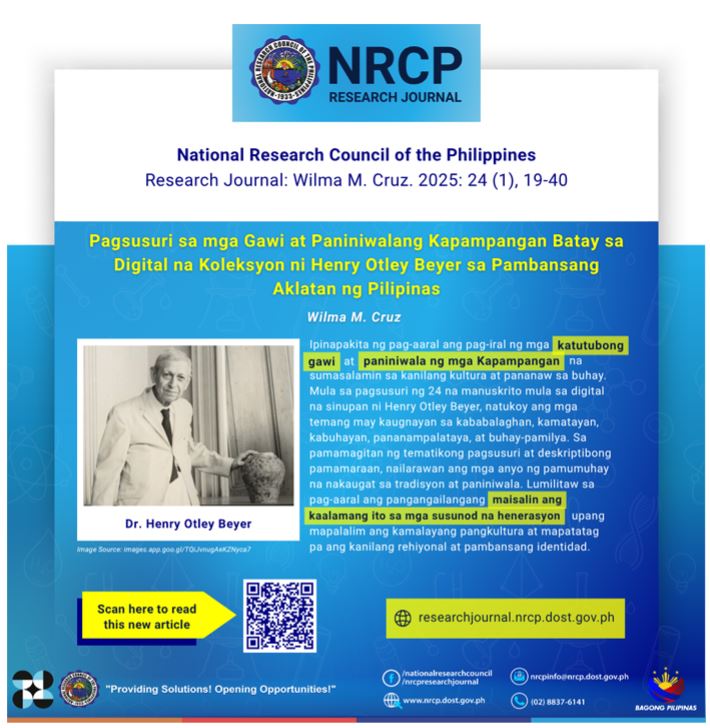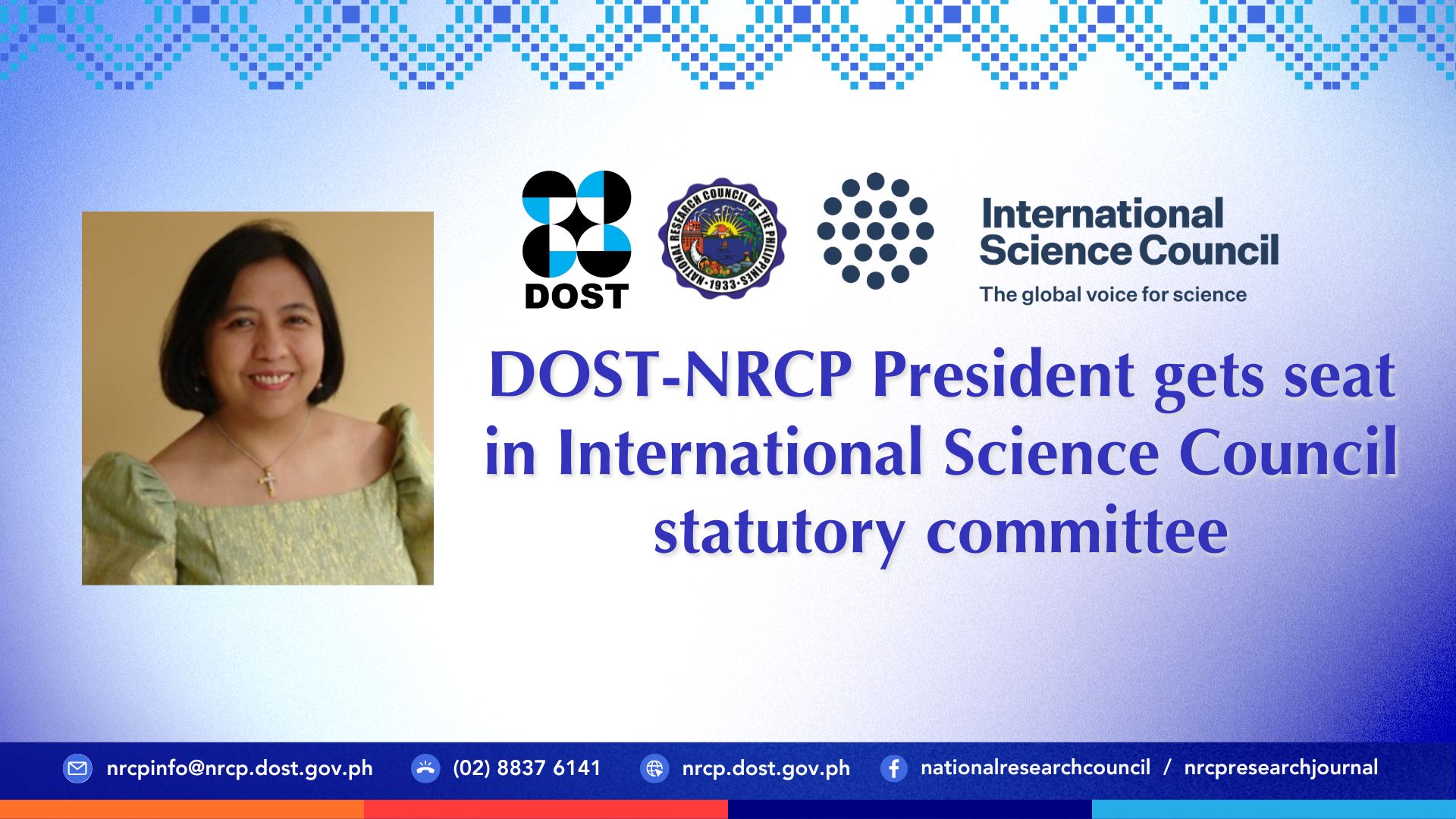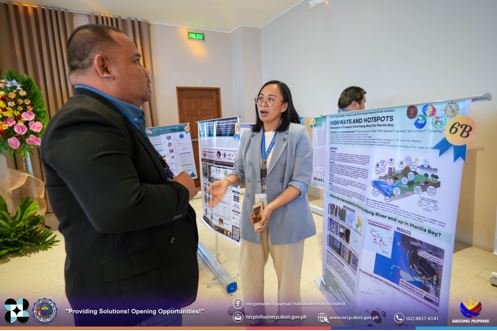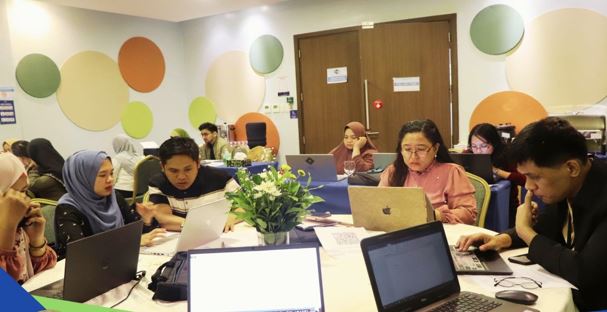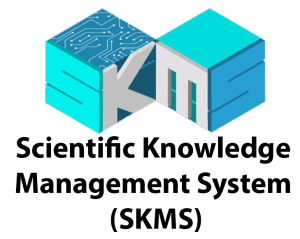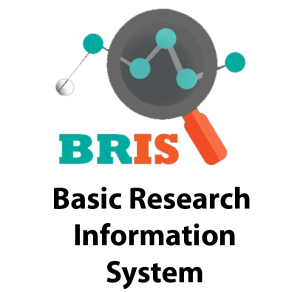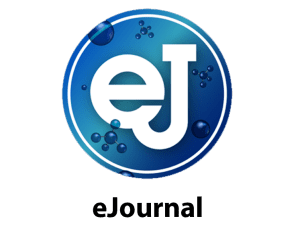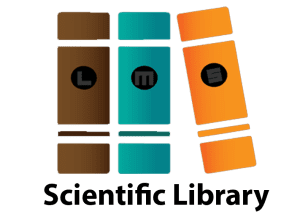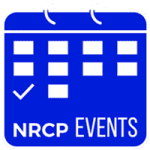Science-Sown, Community-Grown:Assessing the Regreening of Mined Areas in Mogpog, Marinduque
Once a degraded site, a former mine tailings area in Mogpog, Marinduque is now emerging as an example of a promising environmental reforestation effort driven by scientific research, institutional partnerships, and community involvement.
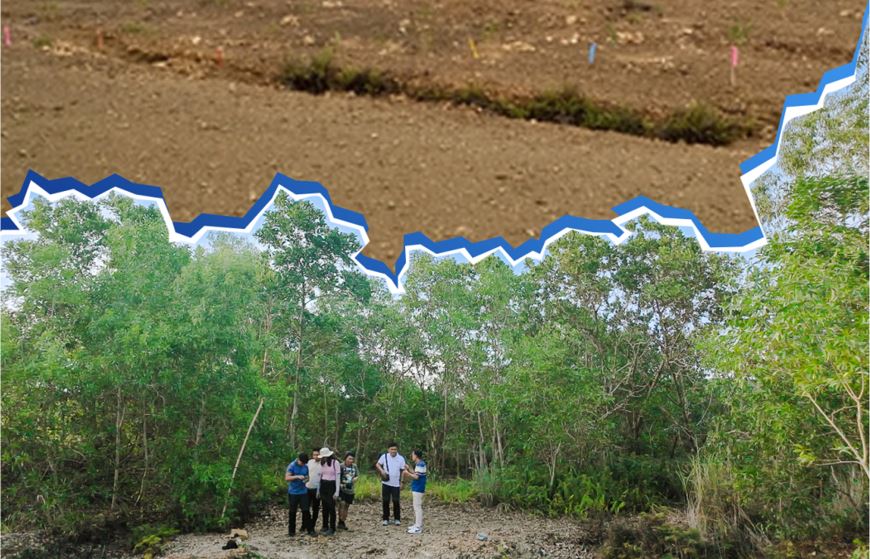
Environmental rehabilitation is underway in a site in Barangay Capayang previously degraded by mine waste. Narra trees are now growing in previously barren land, native biodiversity is starting to return, and the community has become more aware of and responsible for their environment. These developments are results of an ongoing impact assessment led by Dr. Evaristo Niňo T. Cando III from UPLB’s College of Human Ecology and a member of NRCP – Social Sciences Division. Dr. Cando heads the evaluation of the Greening Mined Areas in the Philippines (GMAP) program under the Department of Science and Technology–National Research Council of the Philippines (DOST-NRCP).
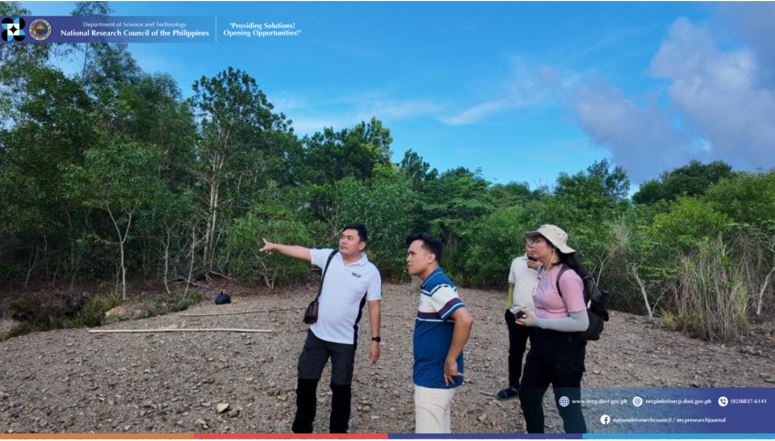
This ecological intervention builds on the pioneering project “Bioremediation Strategies for Rehabilitation of Abandoned Mined-Out Area in Mogpog, Marinduque.” Dr. Nelly S. Aggangan, an NRCP researcher, also from UPLB, led the project from its launch in 2015 to its completion in 2018. The ongoing assessment seeks to determine the long-term impact of bioremediation on both the environment and the community.
Assessing the environmental and social impact of the GMAP
DOST-NRCP joined researchers in Brgy. Capayang to carry out assessments related to GMAP’s ongoing impact assessment on May 5–6, 2025. Representing DOST-NRCP, Dr. Bonifacio B. Tamparong Jr. provided participants with an overview of the GMAP initiative, detailing its conception, goals, and how it was designed to rehabilitate degraded mining sites while advancing environmental sustainability. Dr. Cando followed with details on the project’s implementation, outcomes, and the rationale behind evaluating its long-term impact, almost a decade after its completion.
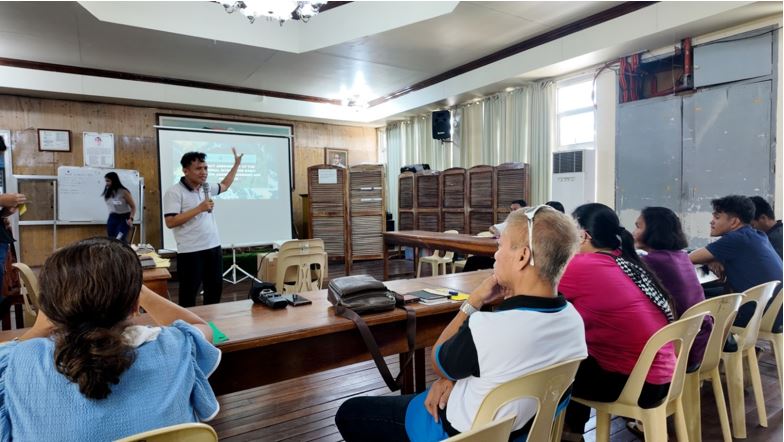
Field activities included biodiversity surveys to document local flora and fauna, as well as continued monitoring of soil, water, and air quality—initiatives that began in prior months. A focus group discussion (FGD) was also conducted at the Sangguniang Bayan Hall of the Mogpog Municipal Hall, where community members shared their observations on the environmental and social changes brought about by the project.
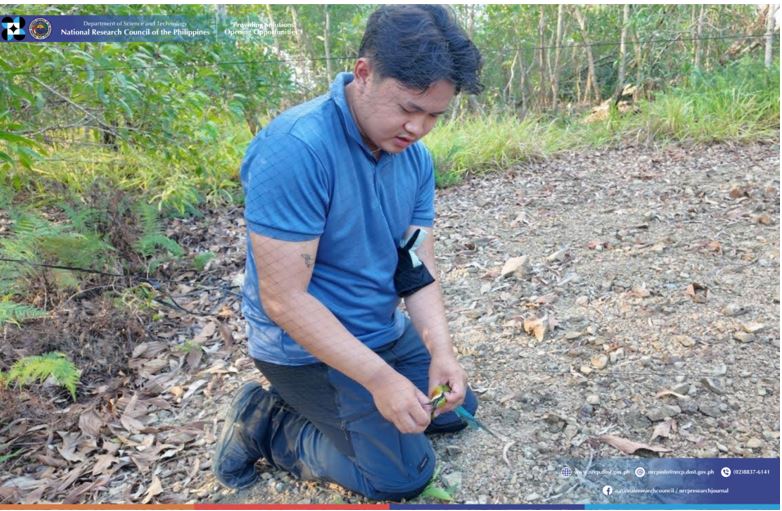
Representatives from local stakeholders including the Municipal Environment and Natural Resources Office (MENRO), the Municipal Planning and Development Office (MPDO), farmers’ associations, youth groups, and women’s organizations shared their observations on the changes in the landscape and community since the project’s completion. They reported tangible improvements such as the survival and growth of the Narra trees planted, improvements in the local microclimate, and reduced vulnerability to soil erosion and flooding. These outcomes suggest that bioremediation has not only improved environmental conditions but also heightened community awareness about the long-term consequences of unsustainable mining and encouraged environmental stewardship.
Beyond environmental benefits, participants also highlighted the project’s role in raising public awareness of the consequences of unsustainable mining and promoting a culture of environmental responsibility. Several stakeholders acknowledged how the initiative contributed to building local scientific knowledge, supporting grassroots research, and strengthening ecological governance.
A significant milestone cited was the endorsement of bioremediation protocols by the Sangguniang Bayan through a local resolution, seen as a step toward institutionalizing rehabilitation practices. Most participants acknowledged the community’s adoption and practical use of bioremediation technology.
Insights from local stakeholders: Progress and remaining gaps
During the FGD, local stakeholders pointed out key factors that contributed to the project’s success. Many participants highlighted the importance of timely information dissemination and active community engagement. The continued maintenance of the site, supported by local manpower and logistical support, was recognized as crucial to the survival of planted tree species. MENRO and MPDO representatives pointed to zoning and mapping efforts that facilitated project coordination. The role of DOST-NRCP in providing funding and technical expertise was also widely acknowledged.
On the other hand, the discussions also surfaced areas for improvement. Participants stressed the need for broader communication, inclusive community participation, ensuring that all sectors are involved. Calls were made for stronger inter-agency collaboration and continuous environmental education to sustain momentum and expand impact.
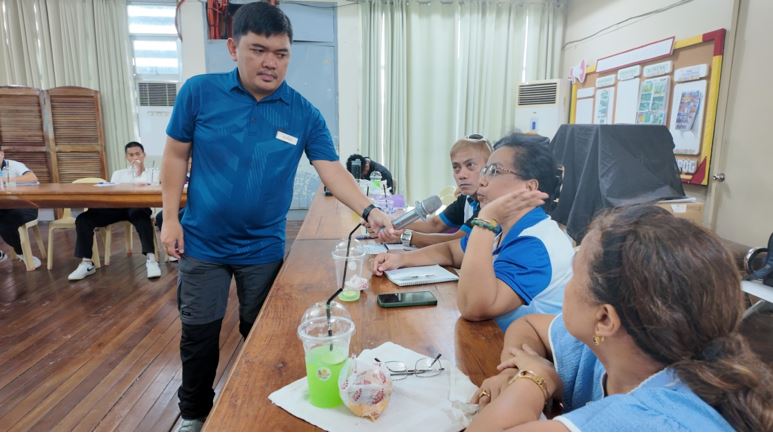
Beyond recovery: advancing environmental sustainability
Despite ongoing challenges, the project has generated further outcomes across various stakeholders. The local agriculture noted that some community members have initiated greening efforts in the municipality. MENRO sees potential in developing the site into an eco-tourism and environmental education destination. The discussion about further developing Mykovam, a microbial product developed from the project’s research was also included. A community hub or cooperative was proposed to support the local production and use of bioremediation technologies, while also promoting environmental education and eco-enterprise development.
“Maganda po yung resulta ng bioremediation technology dito sa amin. Bukod sa napansin namin ang pagtubo ng mga naitanim naming mga puno sa area, nagkaroon kami ng awareness at napuri rin ng mga taga rito sa resulta ng project. (The bioremediation technology showed good results. Beyond the visible growth of trees, we developed environmental awareness, and the project was well-received by the community),” shared one representative from the DSWD 4Ps program who took part in planting tree seedlings in the rehabilitated area.
A representative from a local women’s organization, identified as Mrs. Weng (not her real name), also expressed appreciation for the project’s impact. “Napasin po naming mabuti ang dulot ng bioremediation technology sa aming lugar (We noticed the positive impact of the bioremediation technology in our community),” she noted.
DOST-NRCP anticipates the results of the ongoing assessment, which are expected to inform future replication and scaling of GMAP in other areas facing similar environmental challenges. By grounding scientific innovation in community participation, the regreening of Barangay Capayang in Mogpog stands as a replicable approach for ecological restoration and long-term sustainability. (Rose D. Dagupen, S&T Media Services)







